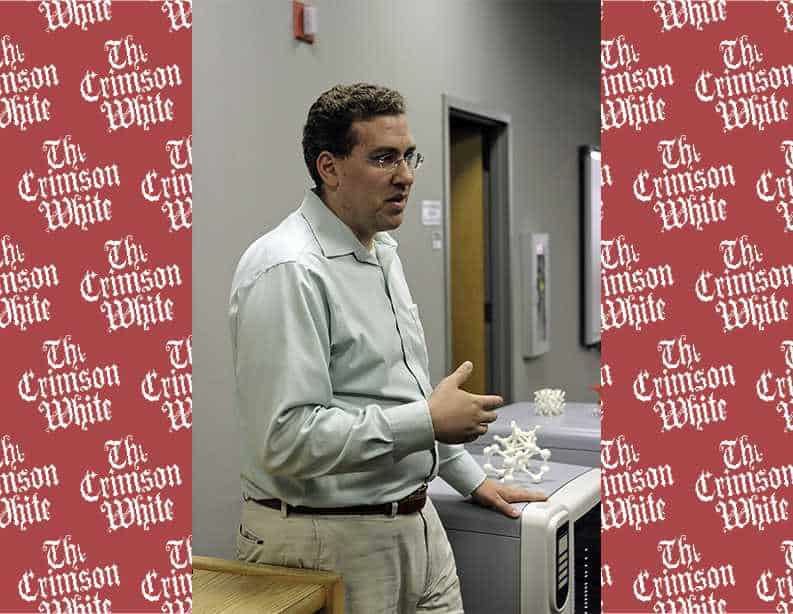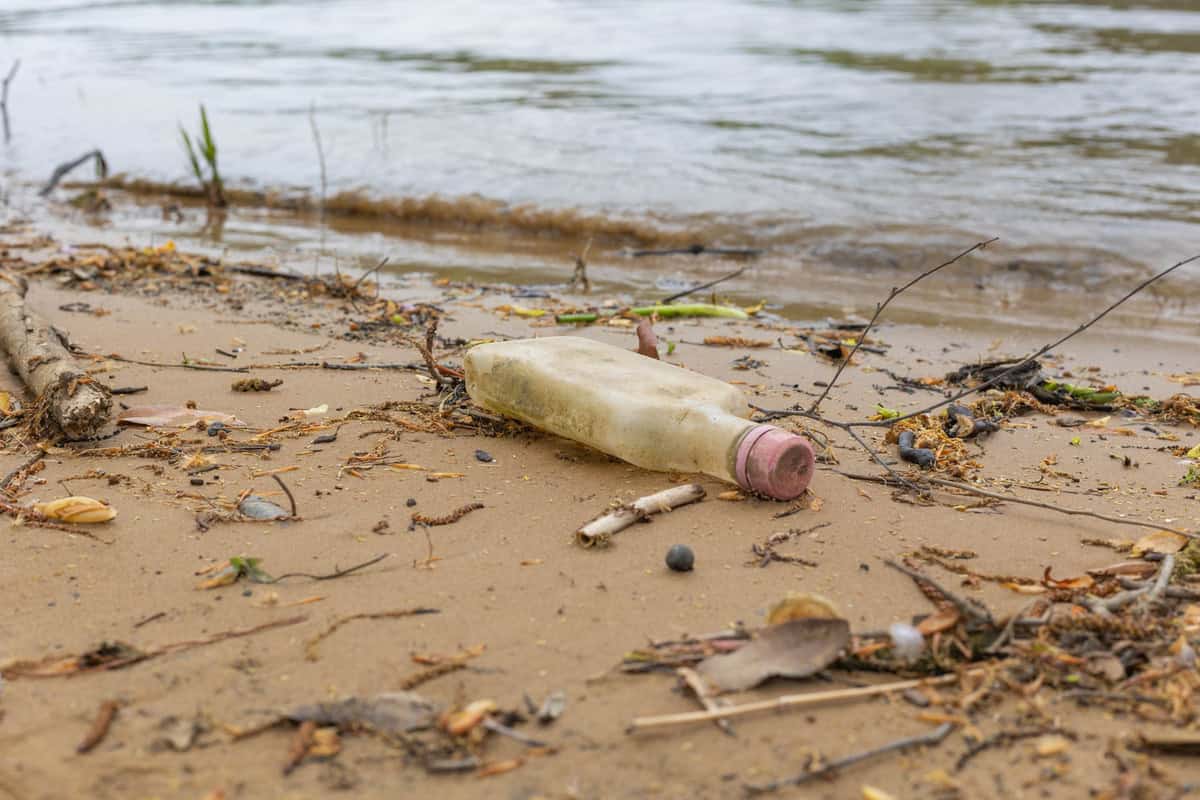By Christina Ausley | Staff Reporter
In early May of this year, junior aerospace engineering and mechanics major Zack Andrews set out in search of a 3D printer for one of his models.
He ran into Doug Cannon, manager of “The Cube,” a group of six accessible labs students can use as a resource within the College of Engineering. One look at their work, and Andrews has spent over 250 hours volunteering from the inside.
“After seeing all of the amazing potential that could be had within this lab, I decided to essentially work every day since,” Andrews said. “This lab is an extremely useful resource for students and faculty, and the most impressive part about all of this is the fact that students will never have to pay out of pocket for anything they do in these labs.”
The Cube features hands-on concepts alongside 3-D prototyping, a student 3-D lab, plasma and water jets, 3-D projection mapping, soldering, circuitry and ePrototyping. As a result, students like Andrews have found an advanced outlet of opportunity within the Engineering Department, regardless of major.
“In the student 3-D lab, students can come as they wish to print their models either as prototypes or finished projects,” Andrews said. “These printers are our most user-friendly, and it only takes a 10-minute demonstration, which we offer each week, to learn how to use these machines.”
While the newest plasma and water jet lab can train students in the safety and operation of machines used in the industries they’ll experience in the workforce, the 3-D projection mapping lab provides an opportunity to develop animations like those of Disney World and various concert venues.
“This is a very unique lab that very few students even know about, but its applications can be utilized across the broad spectrum of degrees,” Andrews said. “If you’ve ever been to Disney World and seen the fireworks display in Magic Kingdom, they use projection mapping to create the images and animation you see on Cinderella’s Castle. Most large concert venues that you see use projection mapping in some way as it also can be used to map out lasers and light shows.”
Among the broad opportunities provided in each of the labs, Andrews has discovered a niche of his own as both a volunteer and engineering student.
“I’m working on various projects right now but my current project is creating custom designed racks for the men’s and women’s tennis teams to put their rackets in for restringing and storage,” Andrews said. “We used the water jet to cut out designs on aluminum sheets and we actually hope to finish the project in just a few weeks.”
The Cube plugs into nearly every branch of campus, including the athletics department.
“We have done immense amounts of work for the University and especially athletics,” Andrews said. “One of the more interesting projects we have done was for Kenyan Drake, a former running back for the football team.”
After Drake broke his arm in the 2015 football season, doctors and athletic trainers immediately came to The Cube in the hopes of developing a personalized cast that could protect Drake’s arm while still allowing him to feel the ball. Without hesitation, student volunteers and faculty took on the job.
“They created a carbon-fiber cast that had an opening on the inside of his forearm for him to feel the ball while he played,” Andrews said. “In fact, in the very first play he ran in the SEC Championship game, he instinctively stiff-armed a defender without any repercussions, seeing as the cast was a perfect fit for him.”
On a national scale, 3-D printing, known as “additive manufacturing,” has become an industry standard utilized by a wide range of companies nationwide. The technology allows for easily reproducible parts on a mass scale, and incorporates various materials into a spread of different designs. As a result, The Cube may appeal to any and all students hoping to further their majors and careers inside a truly hands-on laboratory.
“The Cube truly offers students the experience that companies look for on a resume, and helps give students the skills to set them apart from the average student,” Andrews said.
In tandem, many young students and engineering majors look forward to entering the lab as their academics progress. In doing so, they hope to further their experience beyond the classroom as they prepare for the workforce.
“As my classes get much more complex and I visualize my work in the future, I see this being a very valuable resource,” said Ike Whalen, a freshman majoring in aerospace engineering. “Not only can I learn how these machines operate for free, but this will definitely help me as I apply for jobs in the future.”
To get involved as a student volunteer, or to learn more about The Cube, students are encouraged to stop by the 3-D prototyping lab in Hardaway Hall 150. Individuals like Doug Cannon and Andrews are more than willing to give tours and answer questions.







